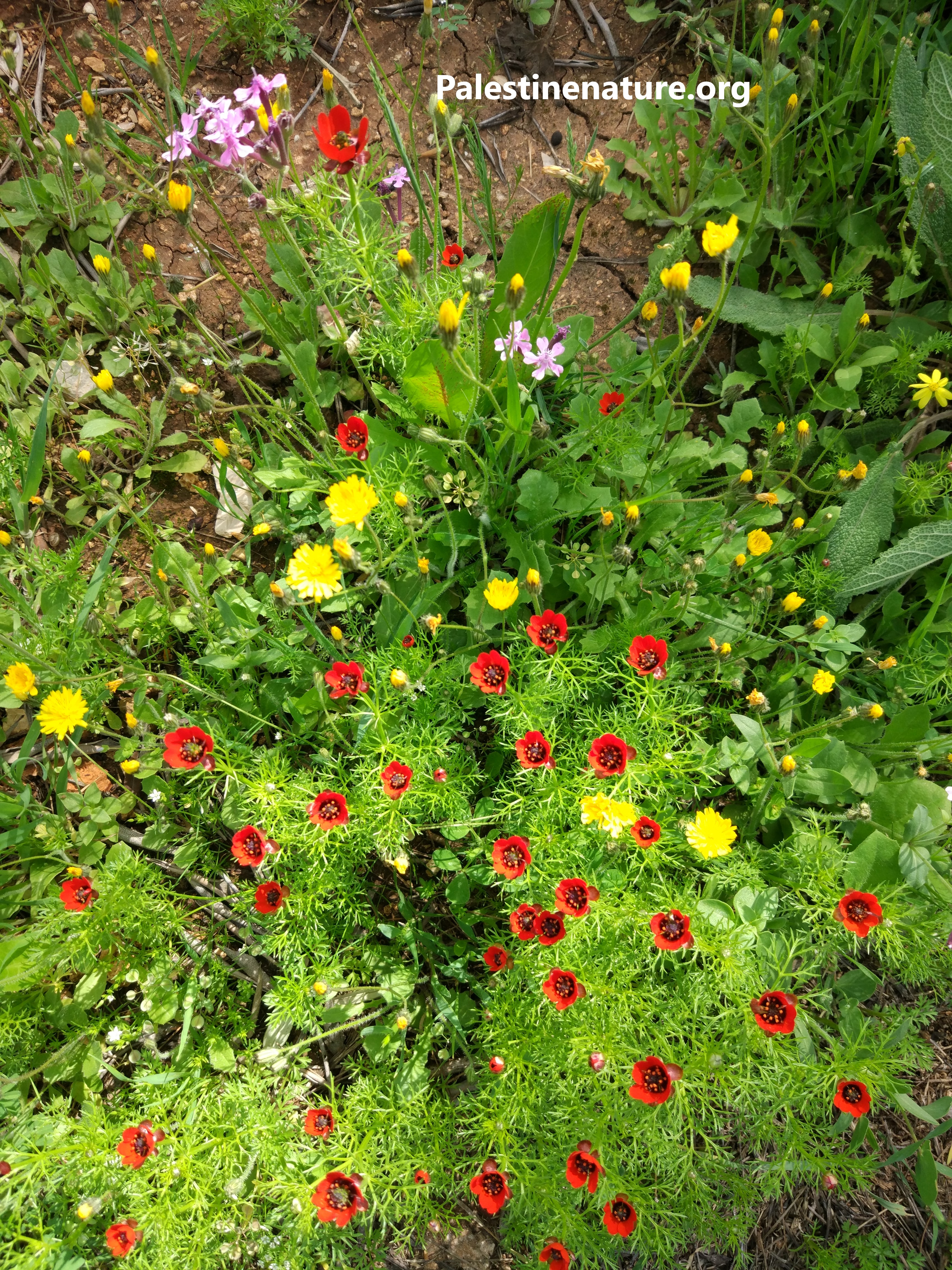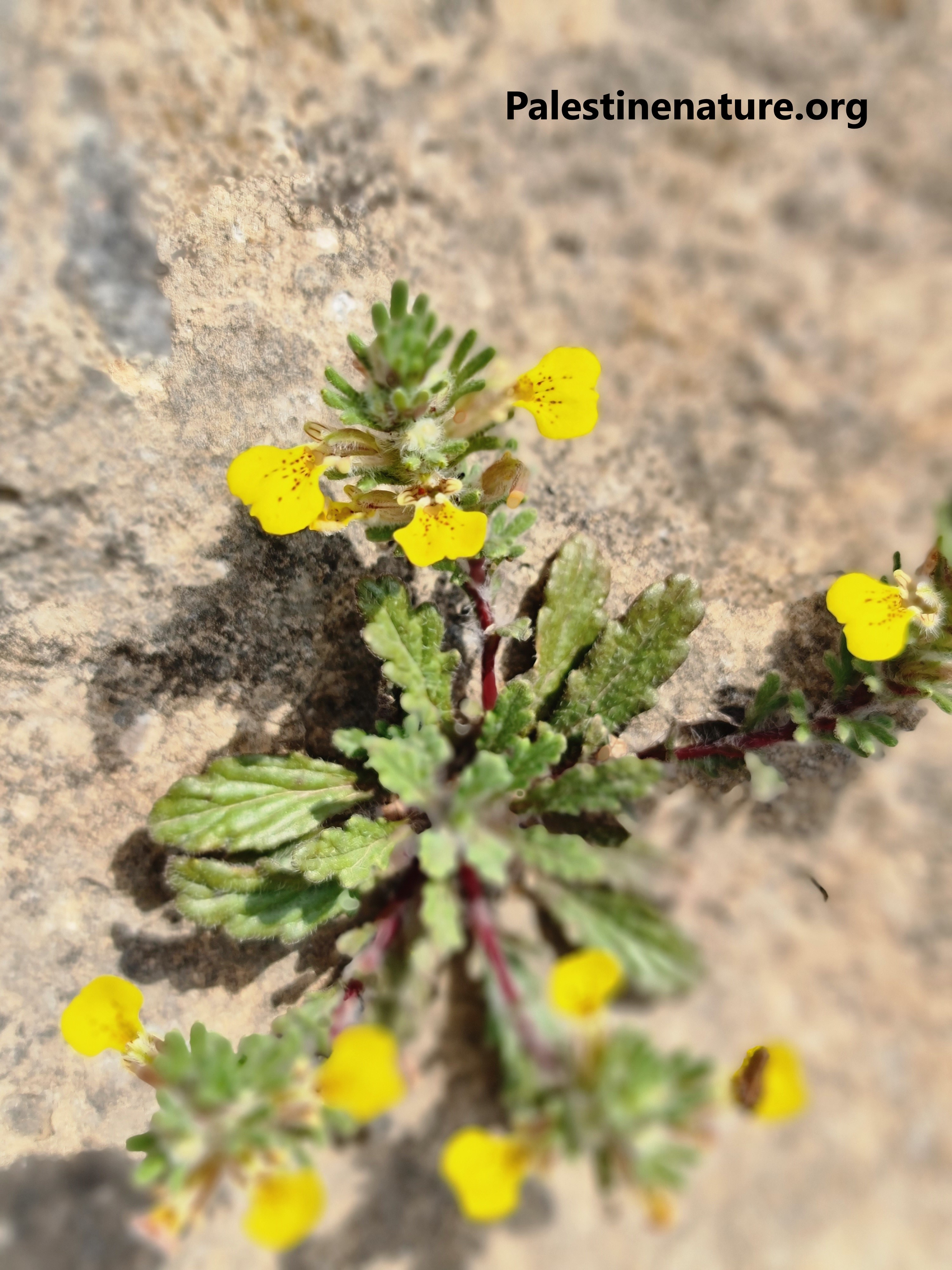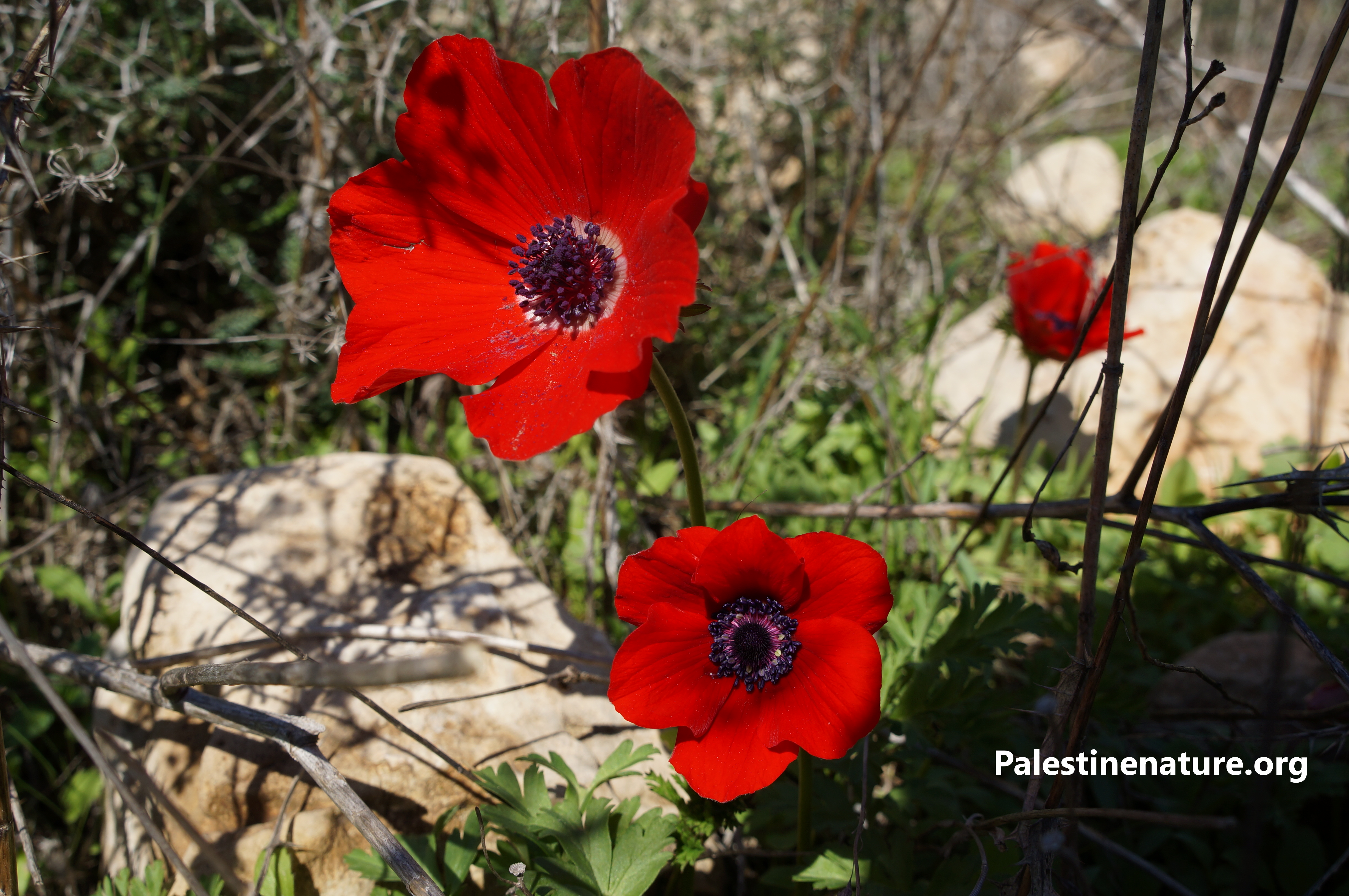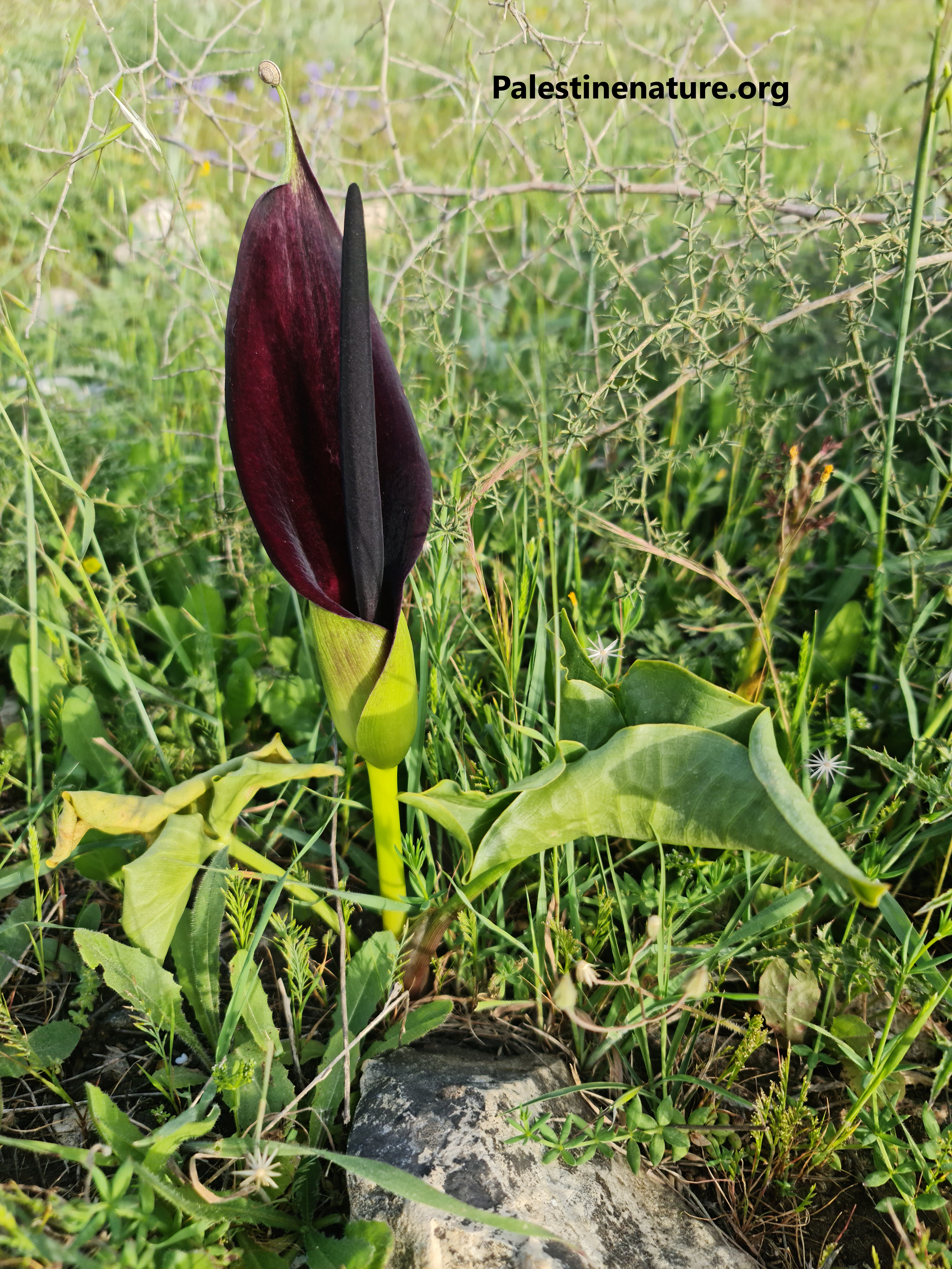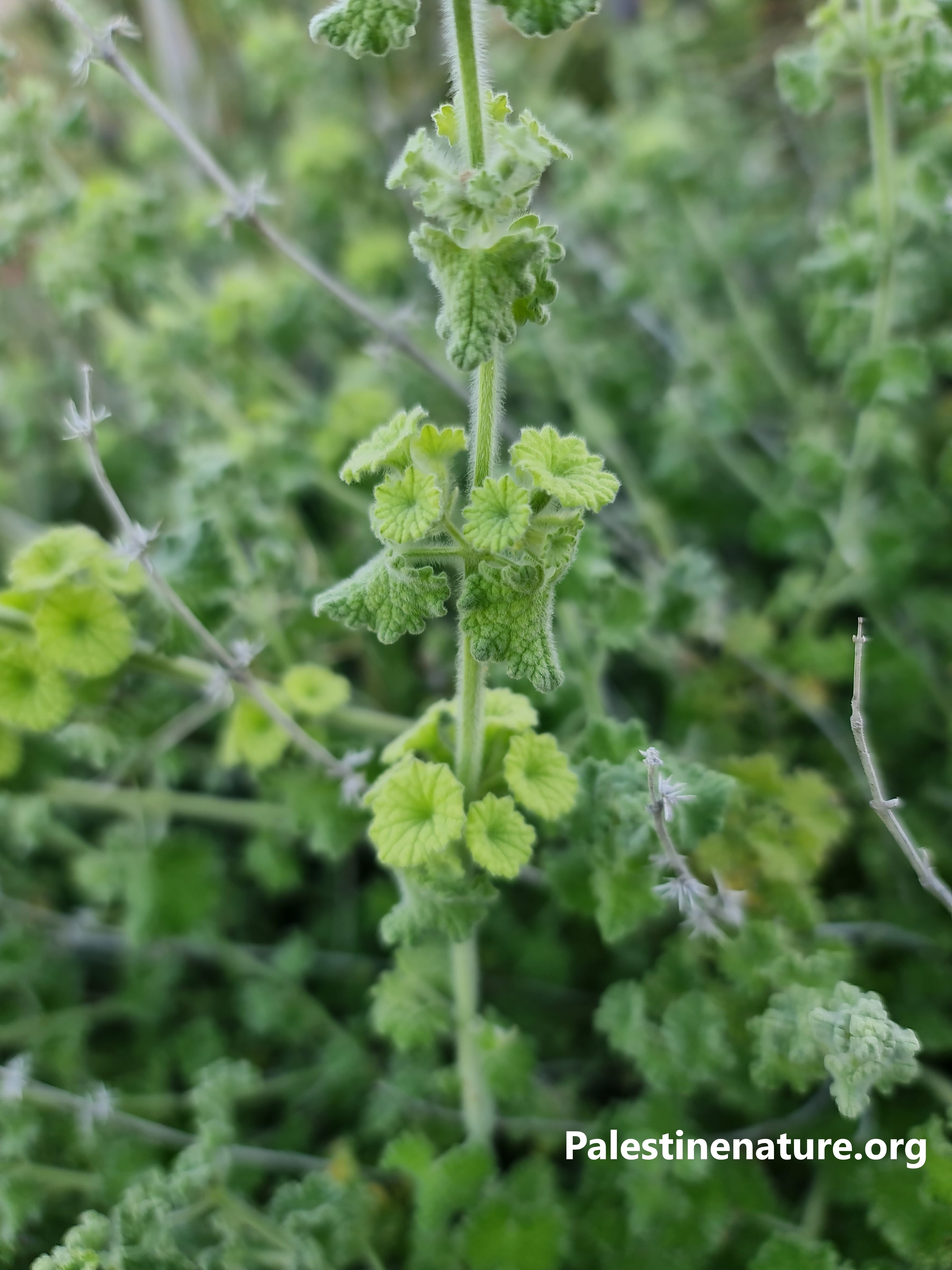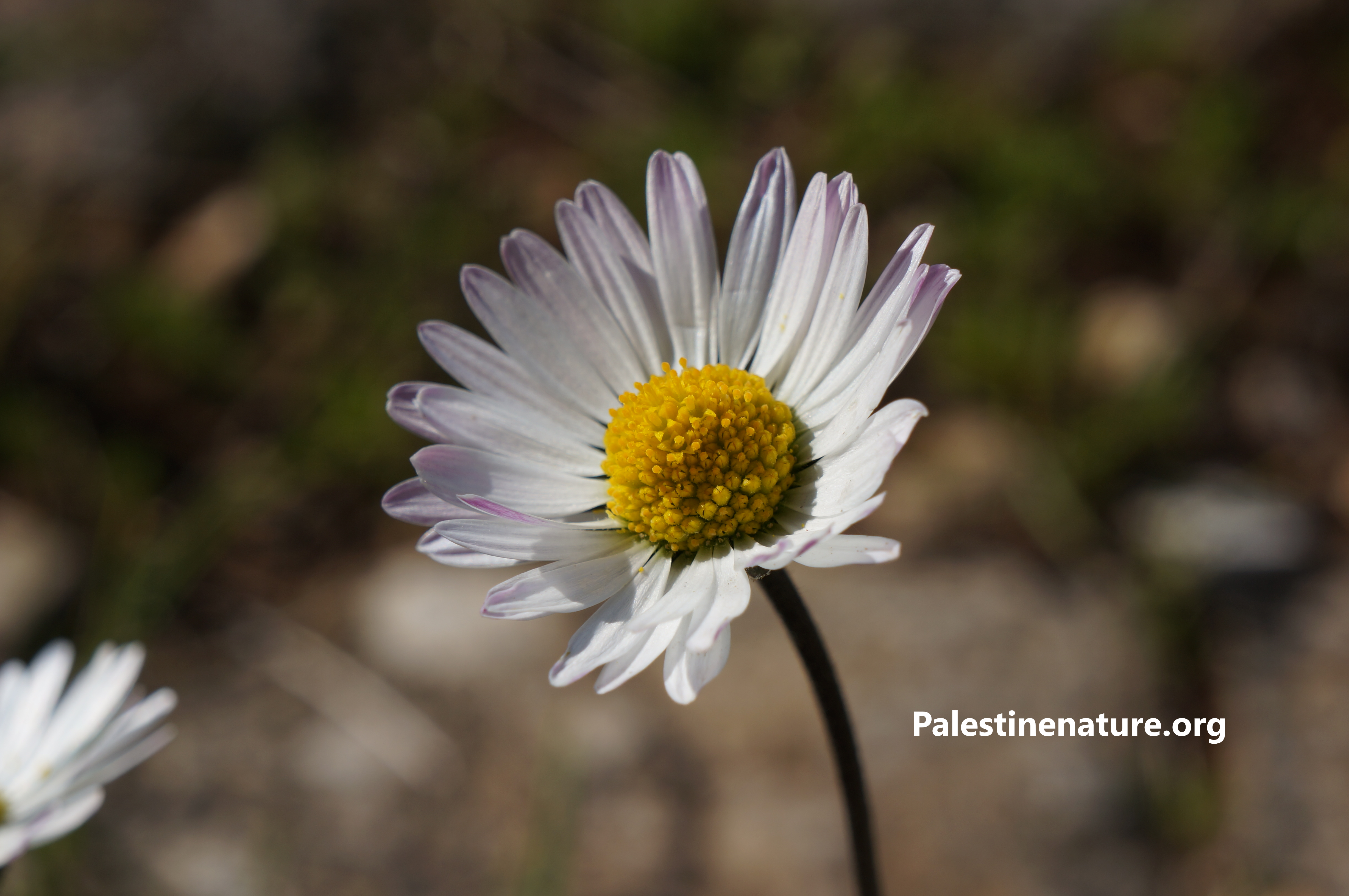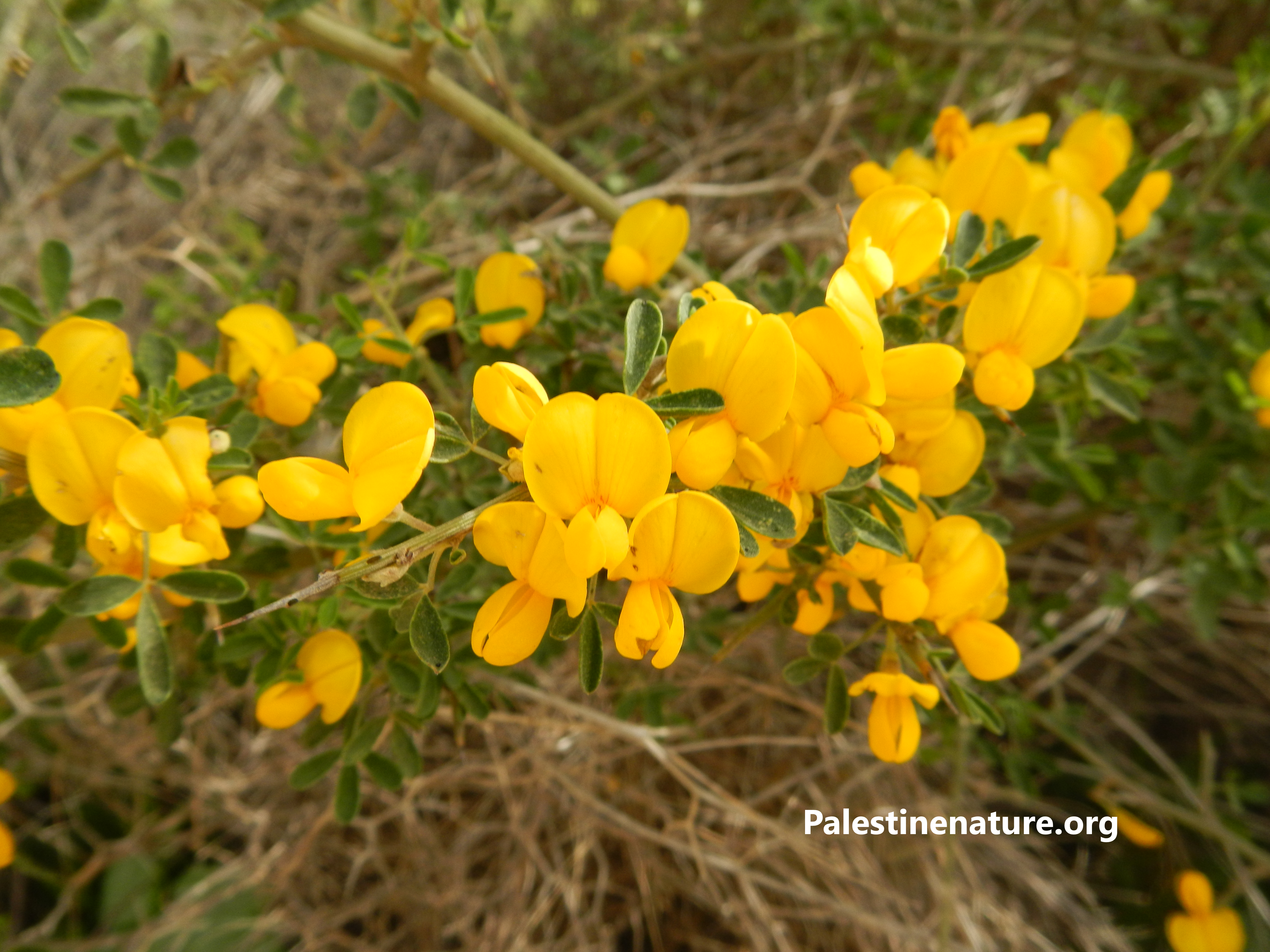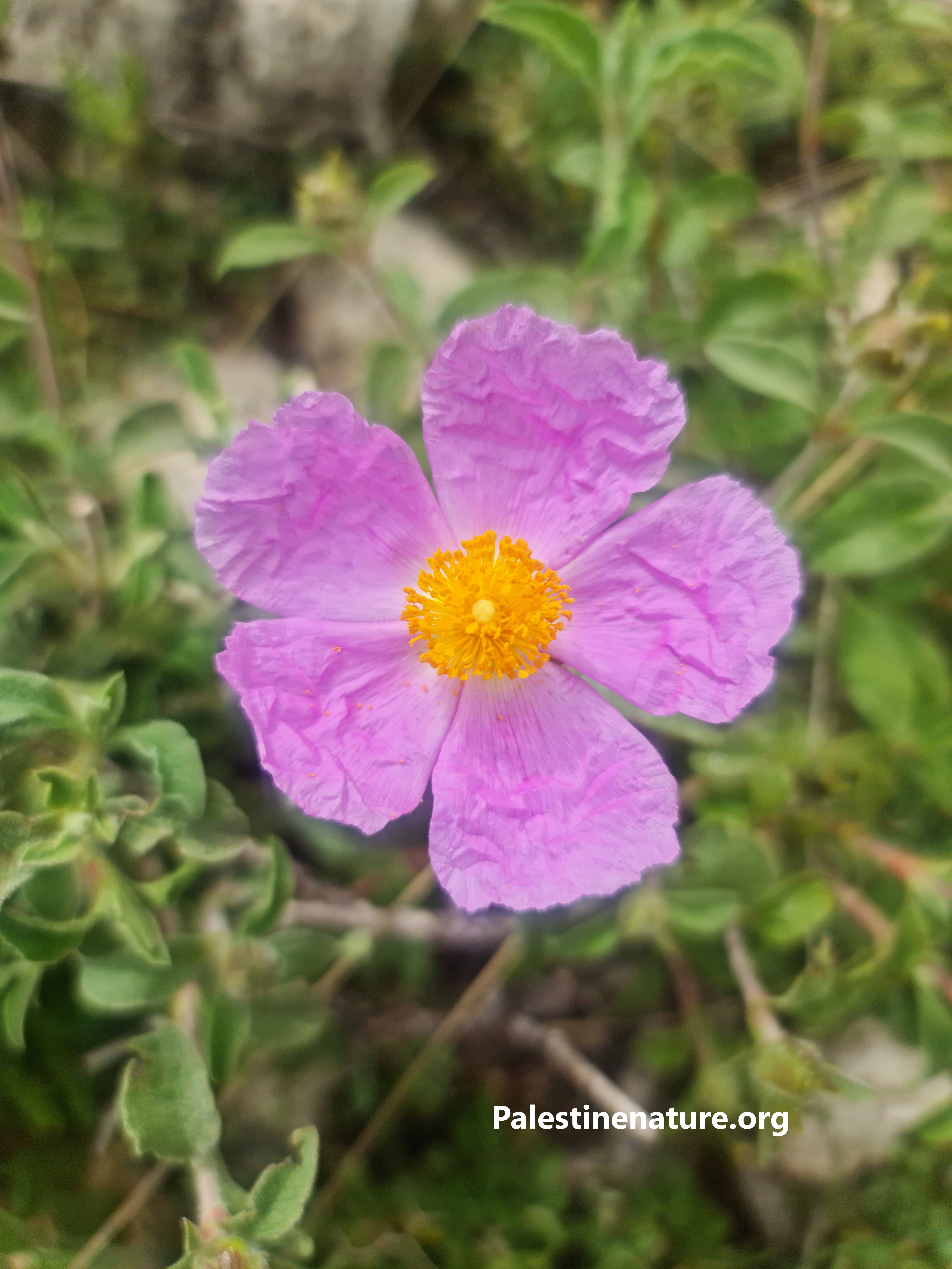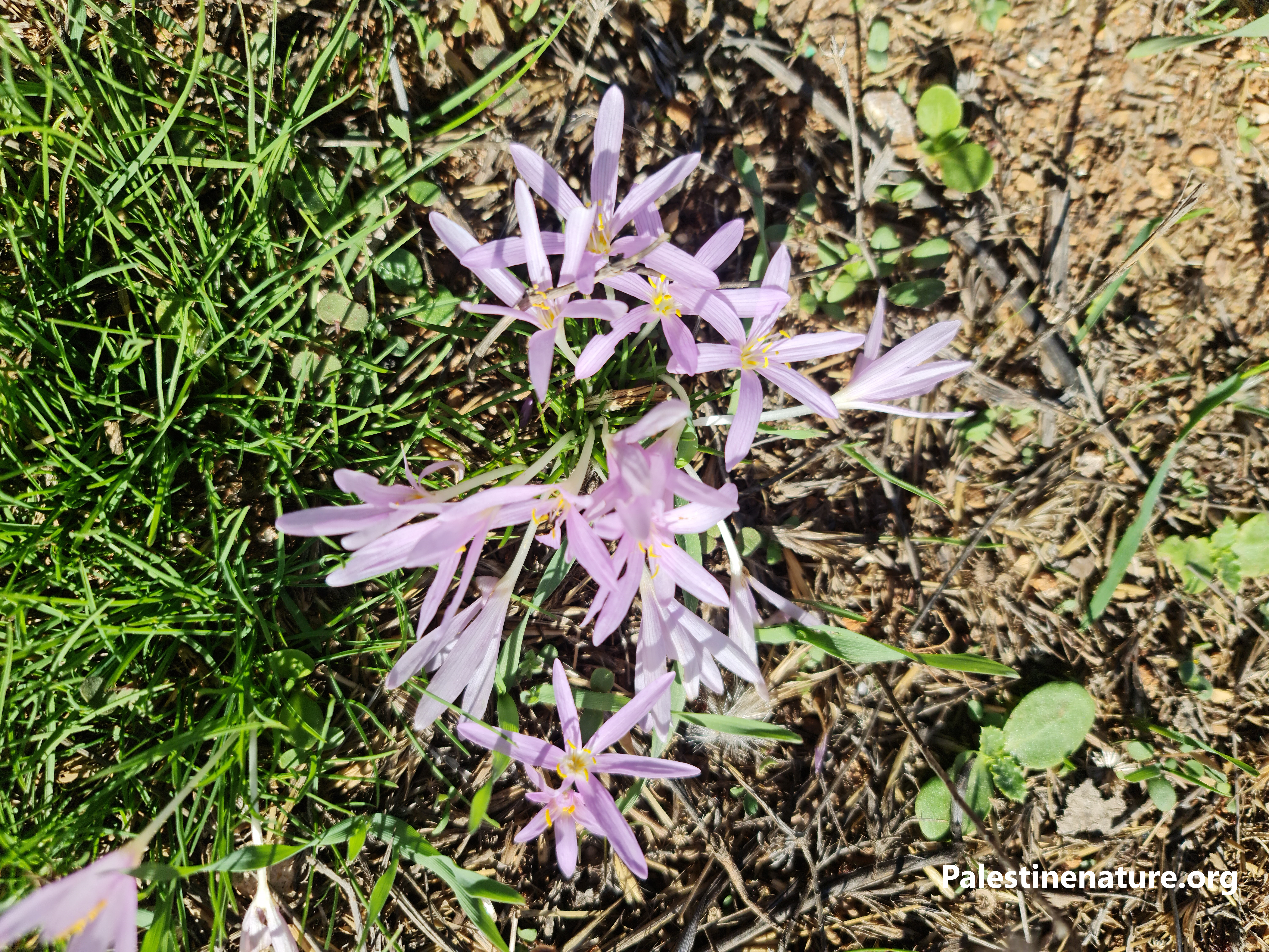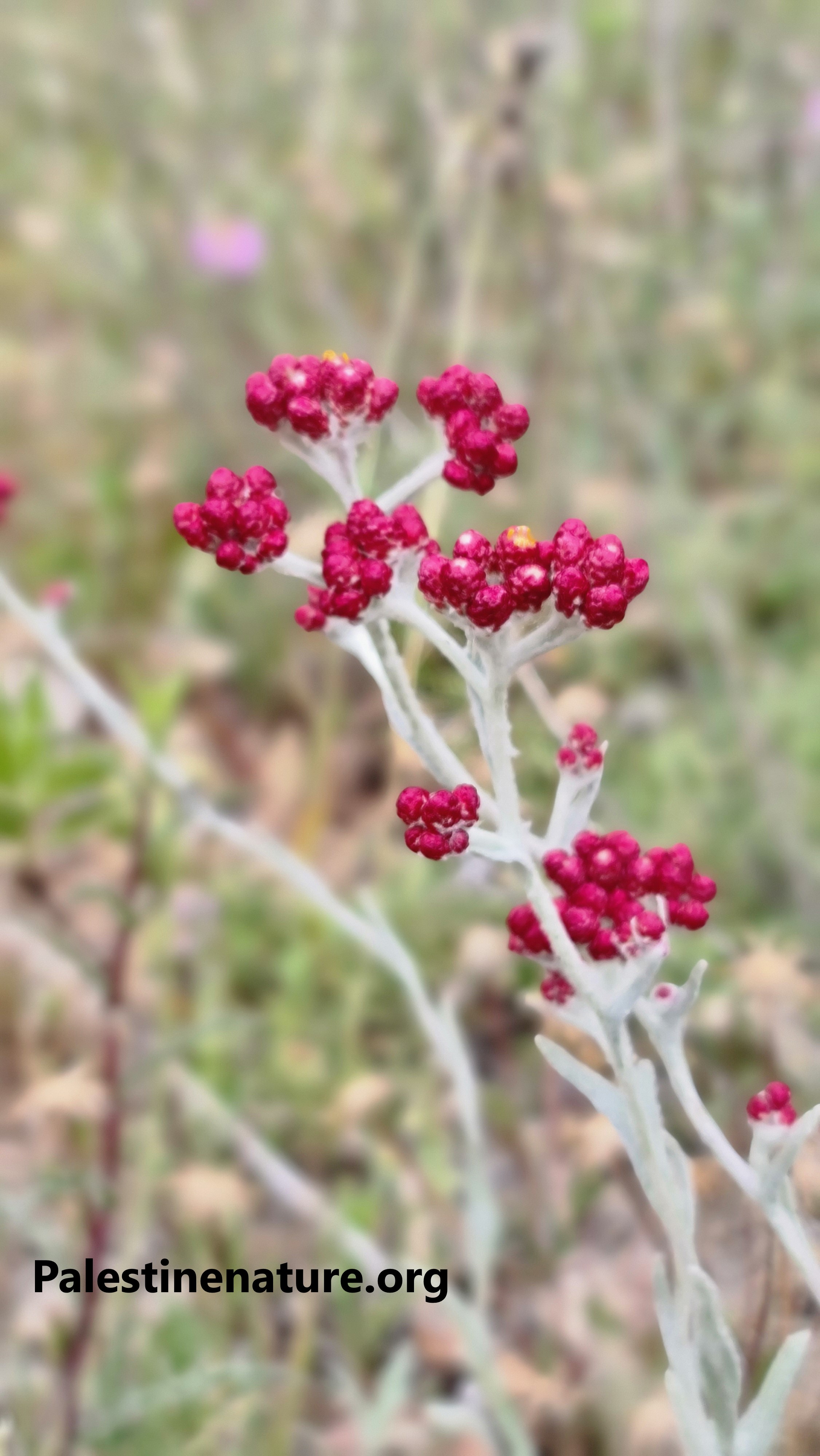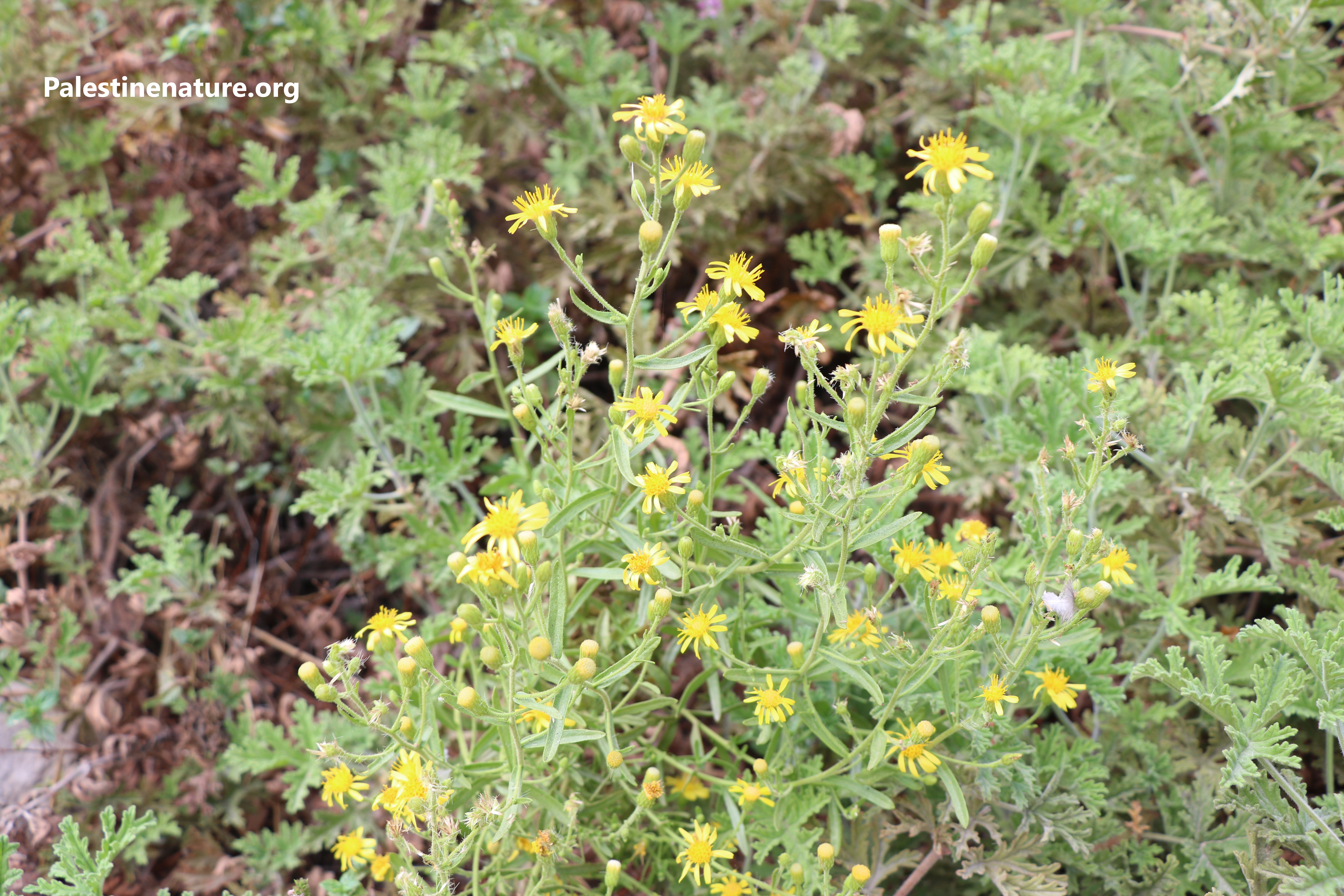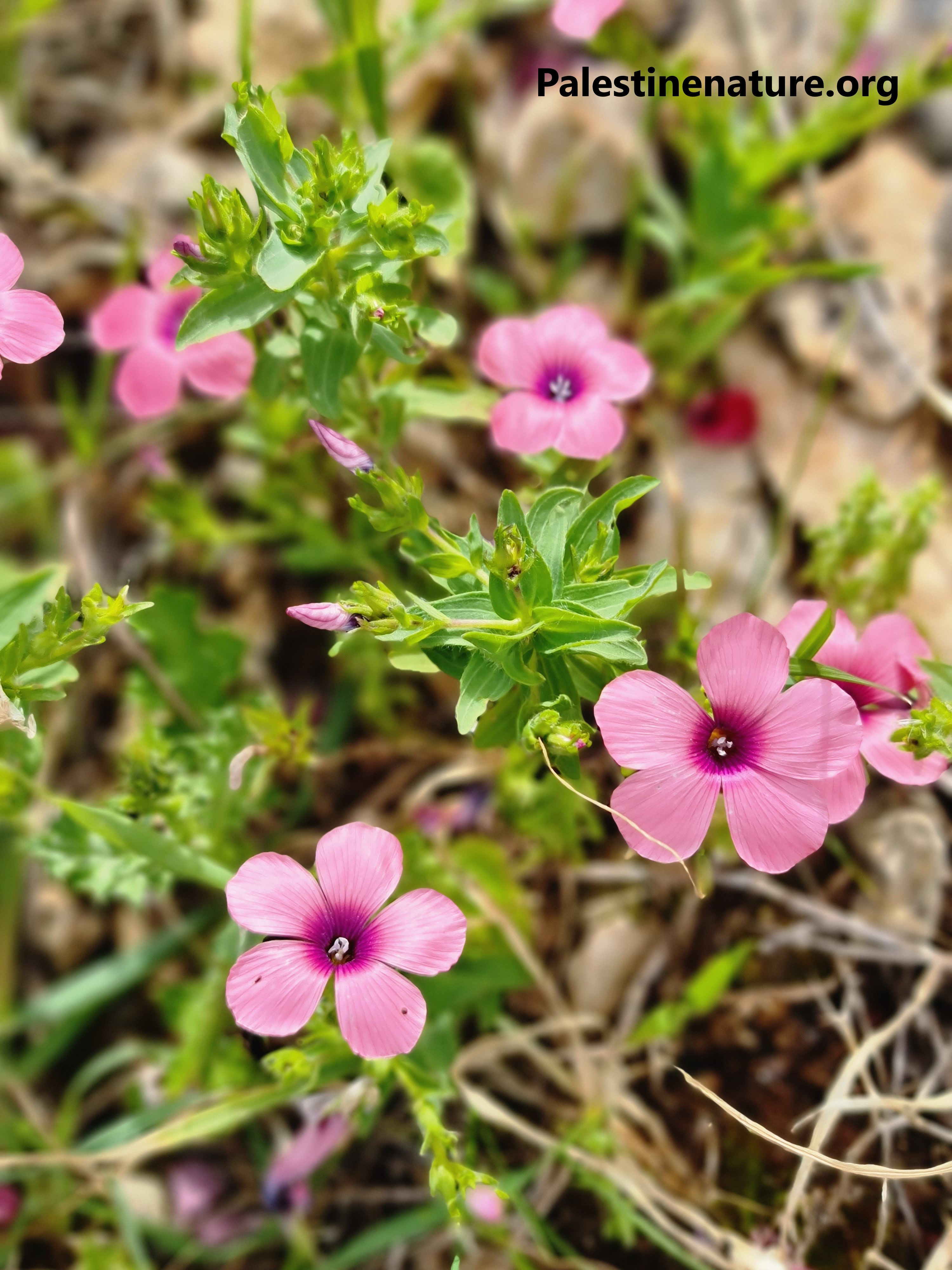Flora of Palestine
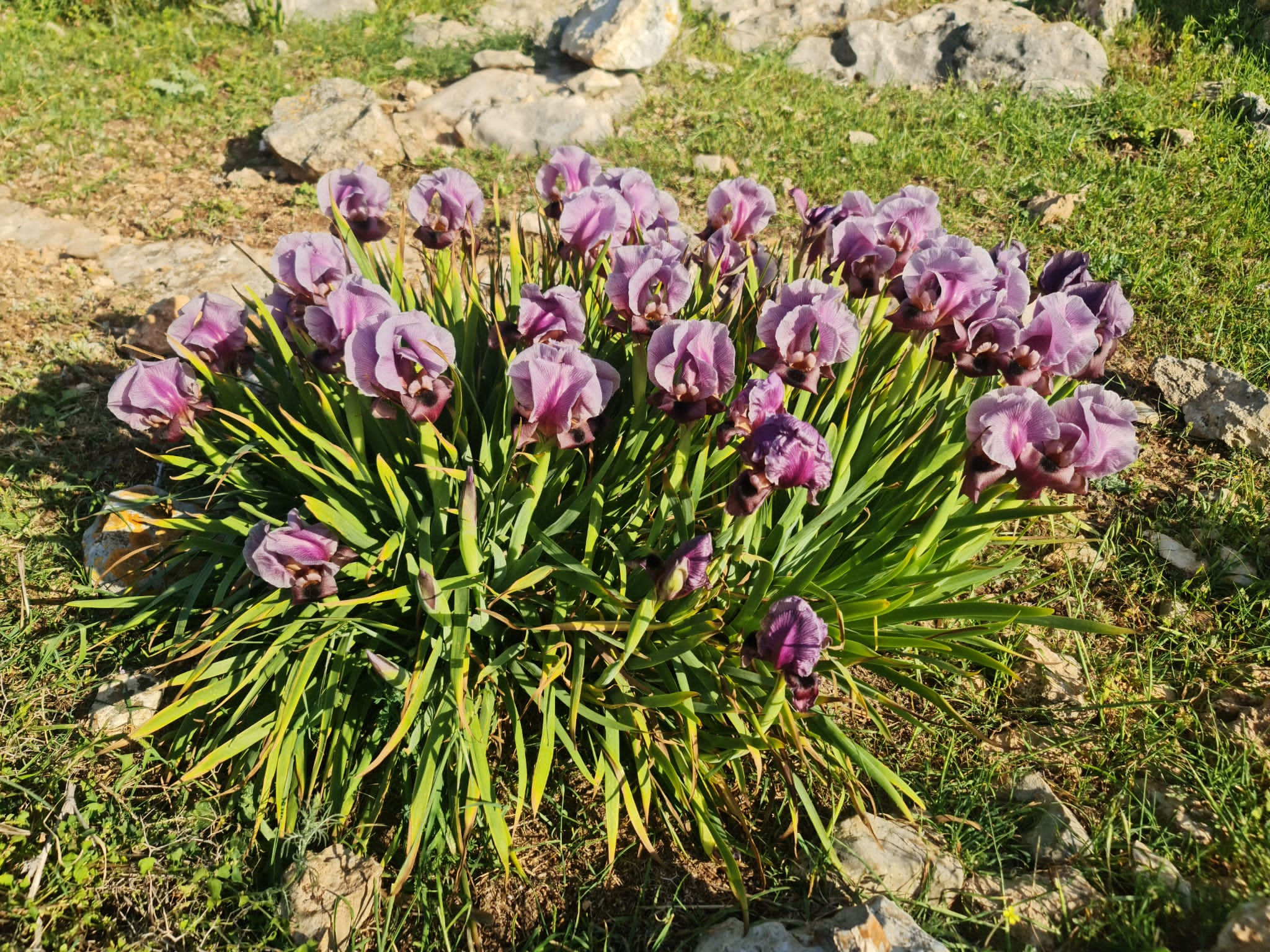 Iris haynei-the National flower of Palestine
Iris haynei-the National flower of Palestine
Historic Palestine is located between three continents in the western part of the Fertile Crescent, where humans first developed agriculture. The unique geography and geology gave Palestine more biological diversity than some countries ten times its size. The diverse habitats cover five ecozones: the central highlands, the semi-coastal region, the eastern slope, the Jordan Valley, and the coastal region. Palestine also spans four biogeographical regions (Mediterranean, Irano-Turanian, Saharo-Arabian and Sudanese). Climate is varied from cold winters with semi-permanent frost in mountains 1000 meters above sea level (Mount Hermon) to semi-tropical climate in the lowest point on earth in the Dead Sea region at 400 meters under the sea level. Rainfall is between 1000 mm in the highest mountains to less than 50 mm in arid regions. The Mediterranean Zone flora is characterized by maquis forest with trees like oaks (Quercus coccifera) and pistacia (Pistacia terebinthus). The plant cover then decreases proportionally and includes different species as we head south and east into the Irano-Turanian, Saharo-Arabian and then Ethiopian-Sudanese chorotypes. This creates diverse habitats and results in rich floral biodiversity. Historic Palestine is very rich in flora, with 3007 species. The rate of endemism is 7%. The West Bank alone has over 1600 species, and in our botanic garden, there are over 400 species. The garden acts as both in- situ and ex- situ conservation sites. There are endemic species like Iris haynei (a national plant), Origanum dayi, Anacamptis israelitica, and Satureja thymbrifolia. Important plant areas in the West Bank and their endemic or protected species: Faqqua'/Jalaboun (Jenin): Delphinium ithaburense, Iris haynei, Salvia pinnata Wadi Al Haramiya/Wadi El-balat/Umm Safa/Beitillu/ Ein Qiniya (Ramallah): Juncus fontanesii, Linum bienne, Convolvulus scammonia, Centaurium tenuiflorum Wadi Qana/Em Rihan (Salfit, Jenin, Qalqilya, Tulkarm): Juncus bufonius, Lythrum hyssopifolium, Tulipa agenensis. Northern Eastern Slopes (Nablus- Tubas): Ferula orientalis, Iris atrofusca, Iris lortetii, Biarum pyrami, Teucrium montbretii, and Asplenium sagittatum. Dead Sea Coast (Bethlehem - Jericho): Salvadora persica, Anvillea garcinii, Pulicaria incisa East of Khalil (Hebron): Iris atrofusca, Iris vartanii, Petrorhagia arabica and Suaeda palaestina.
Here is an example listing of Flora of Al-Arqoub propsective biosphere reserve
a book about the trees in Palestine Agroforestry for Palestine Agroforestry a paper on Rare Flora Rare Flora
The Botanical Garden is being developed by generous support from the Critical Ecosystem Partnership Fund “CEPF” and the Global Botanic Garden Fund. Our work is highlighted by CEPF.CEPF
